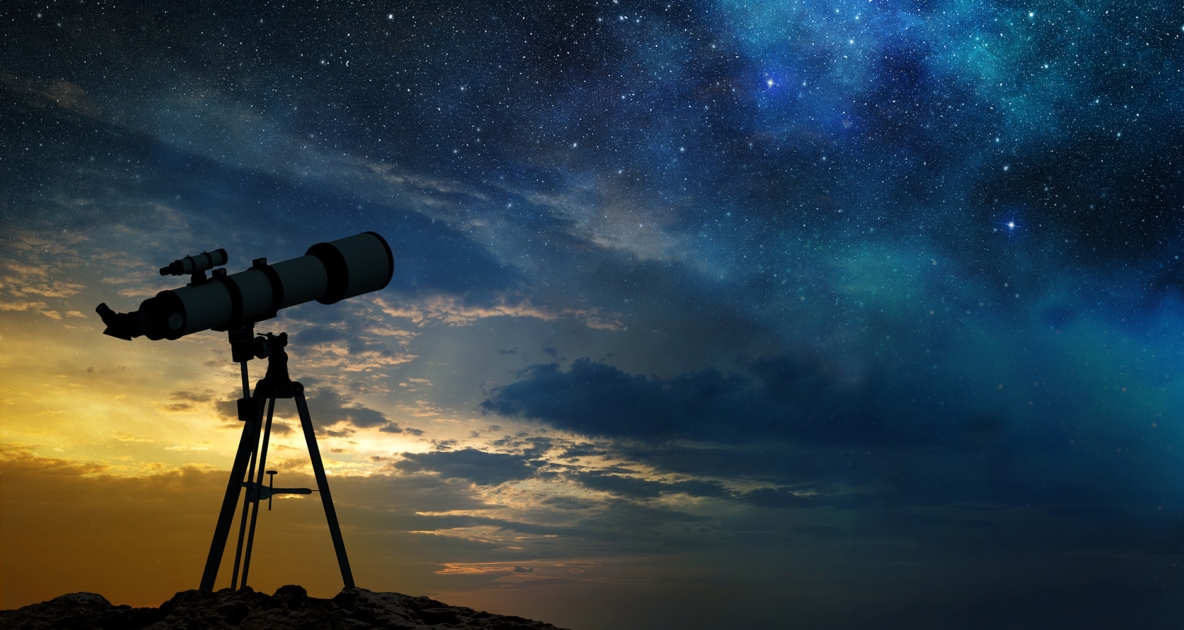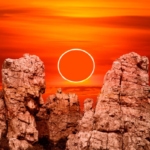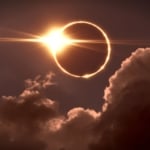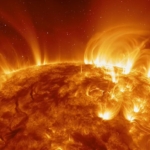Why Do Stars Twinkle?
Ever wonder? We have the answer.

Twinkle, twinkle little star,
How I wonder what you are,
Up above the world so high,
Like a diamond in the sky,
Twinkle, twinkle little star,
How I wonder what you are.
What causes stars to twinkle?
It lies in the fact that the temperature, water vapor, and density of the different layers of the atmosphere are constantly changing. As a beam of starlight passes through the air, it is refracted, or bent, irregularly. There’s actually a scientific name for the twinkling of stars — it’s called stellar scintillation or astronomical scintillation.
If you tried observing stars with a telescope on such a night, you’d be disappointed. A particular star or planet through such a turbulent atmosphere would appear to constantly dance, or shimmer. Such nights of poor viewing are usually encountered immediately after the passage of a storm or a sharp weather front. It is better to wait up to 48 hours after such a weather system has moved on by, to allow the local atmosphere to “calm down” in order to get a steadier image.
Ironically, balmy nights that appear rather hazy and with fewer stars often yield the best telescopic views. While not as pristine as cold, crisp winter nights, the atmosphere is usually much steadier and tends to provide much better images.

Joe Rao
Joe Rao is an esteemed astronomer who writes for Space.com, Sky & Telescope, and Natural History Magazine. Mr. Rao is a regular contributor to the Farmers' Almanacand serves as an associate lecturer for the Hayden Planetarium in New York City.





